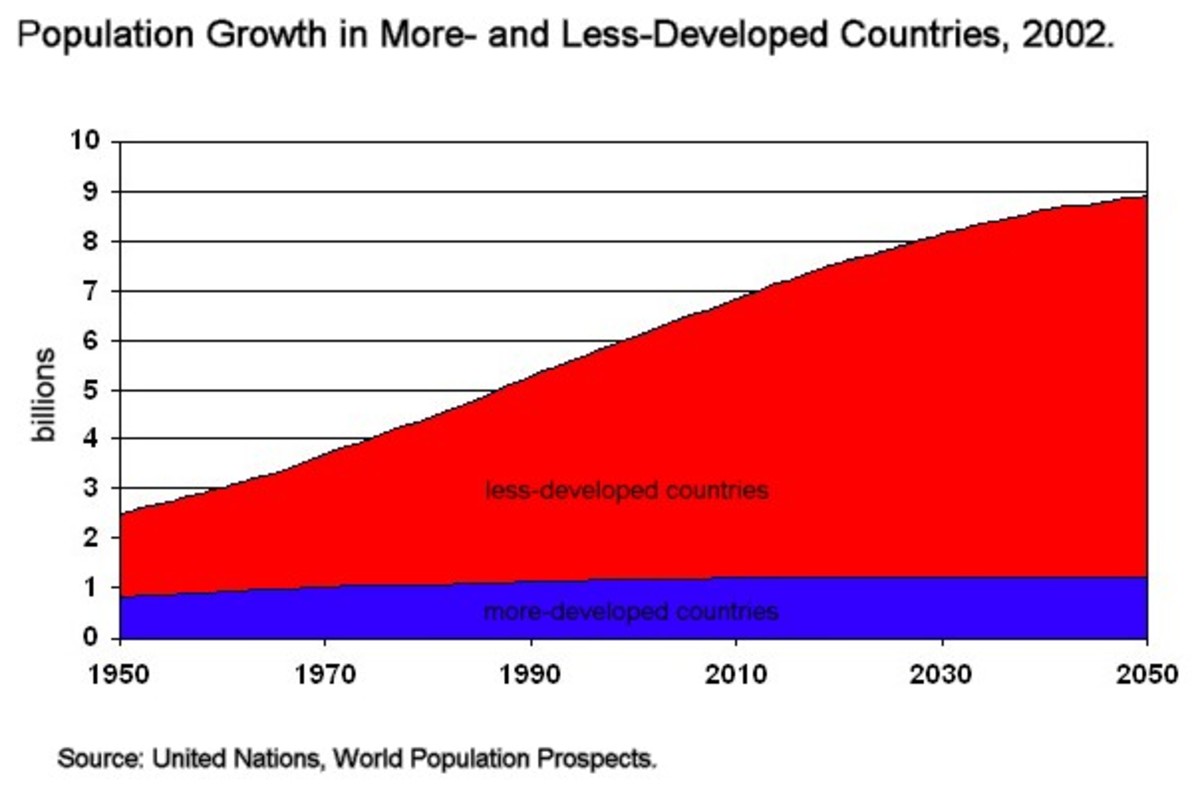RFID Technology - the Future of a Cashless World
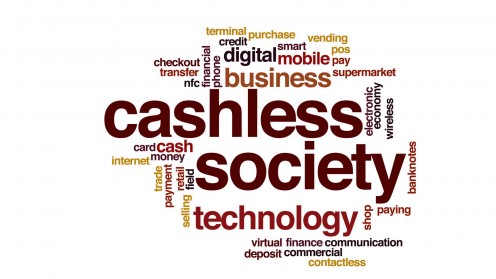
How are we moving towards a Cashless world?
A few decades ago, the concept of going cashless was a mere imagination. With the rapid advancements in the technology, we’re now living in an era where the world is running on virtual and cashless money transactions. The concept of carrying cash and using it for any kind of financial activity is decreasing at an increased pace with time. According to a survey conducted in the United States, the results indicate that 50% of people prefer to use a credit card for their financial activities in comparison to 10% of people who still prefer using cash.
The latest progress in the technology has seen different forms of cashless payments in the previous years. From the use of credit/debit card to a digital wallet and RFID tags. The main purpose of going cashless was to reduce the high footprint and long waiting times at places of financial transactions such as the banks and the shopping malls.
RFID technology is the most common technology used for the payment purposes in the supermarkets. It has extensively helped in reducing the long waiting time at the checkout queues and increased customer footprint in the supermarkets.
The Significance of Cashless Checkouts in Retail Industry
There are many reasons which support the usage of cashless services for shopping purpose. With the usage of RFID tag technology for checking out purpose, the customers are able to buy and checkout with automatic payment without waiting in long queues for payment.
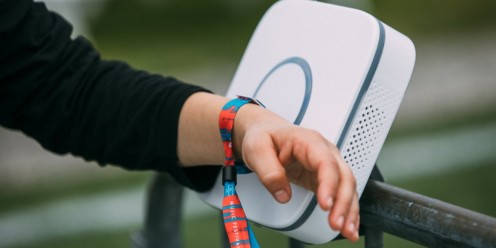
1. Elimination of Cash Handling
Manual cash handling is a complicated task, which the retail stores have to maintain every day after the close of business. The store manager has to collect all the cash received during the entire day and accumulate it carefully. Even though at the time of checkout, all the cash is automatically calculated and placed in electronic safe drawers, however, by the close of business, all the cash received in a single day in manually collected by the store manager and third-party money handling companies are offered to safely carry all the money to the bank vault.
This entire process is a very long process, which consumes a lot of time while also being tiresome and difficult to manage. It also results in consuming more cost for carrying the money the bank vault and manpower cost for manual cash handling purposes.Moreover, manual cash handling processes cannot be completely trusted. Although, with the advancements in the technology, there are various secure means for money handling and security of assets, however, any manual process always leaves a certain degree of potential threat for the process.
By implementing a cashless solution with cash to be counted and managed, maintaining the overall payments management becomes automated and perhaps easier to manage. It does require the need of any additional manpower for the purpose of maintaining the cash every day; also it makes the entire payment process simple for the retailer as well as the customer. The overall workload of the staff will be significantly lessened, which will further result in enhancing their productivity towards the other assigned tasks.
2. Reduced Setup Cost:
The RFID cashless self-checkout model consists RFID tags which are installed on every customer trolley and RFID gates, which are installed at the store entrance and opens up when an RFID card is scanned through them. Every RFID tag installed on the customer trolley requires basic configuration about the product code and price for every product available in the store. This makes the entire system comprising of merely few components to be installed and configured in order to start rolling the business. This installation is a onetime cost and requires minimal maintenance over the time. By implementing basic cashless models, makes the initial investment in the business very limited. No component involves the cashless checkout procedure is expensive or requires heavy financial investments.
The usage of these cashless systems will enable the business owner to invest a relatively less amount while setting up the business. The entire business model can be set up while staying within the budget and successful implementation can further help in achieving increased revenue from the business. This helps in saving up the increased initial investment cost and further multiplies the return on investment.
3. Less Maintenance Cost:
The RFID tags do not require a need to be maintained. These tags are small microchips which are installed into customer trolleys in the market. The configuration and maintenance of these components are significantly simple and cheaper. Moreover, it does not consume a long time for the repair and maintenance purpose of RFID tags. Most of the maintenance can be accomplished through online service only. Physical assistance happens on very rare occasions only, whenever the tag is physically damaged.
The money handling processes are one of the most complicated processes to accomplished and maintain if done manually. By applying self-checkout RFID technology, the entire cost of maintaining the money handling machines and servers is totally cut down. The elimination of these complex components from the business model results in a more simple to use and maintain the system.
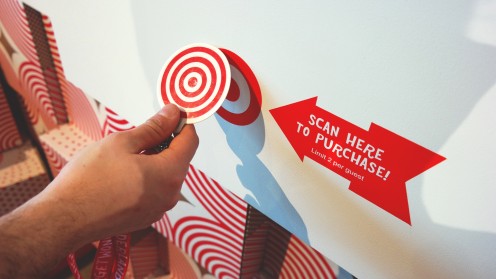
Is the RFID technology future of the retail industry?
The integration of technology with different activities and operations we go through on daily basis has significantly reduced the complexity of the tasks, the time consumed to undergo the processes and the overall cost from initial investment to the on-going maintenance. Any activity, which runs on the latest technological developments have been reported to be more user-friendly, easy and undemanding to use. Moreover, the use of technology has drastically reduced the cost of manual maintenance.
By switching to a more advanced, reliable and fast means of checking out at shopping marts, the cost and time of hardware maintenance and additional labor can be decreased to a great extent, which further enhances the return on investment.
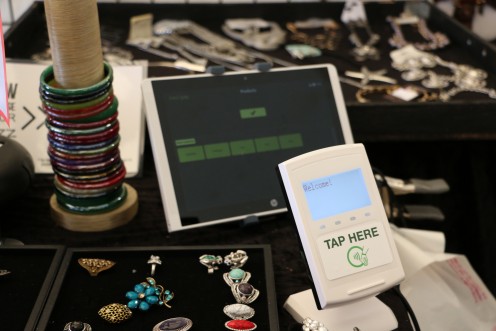
© 2018 Rahma Khan



